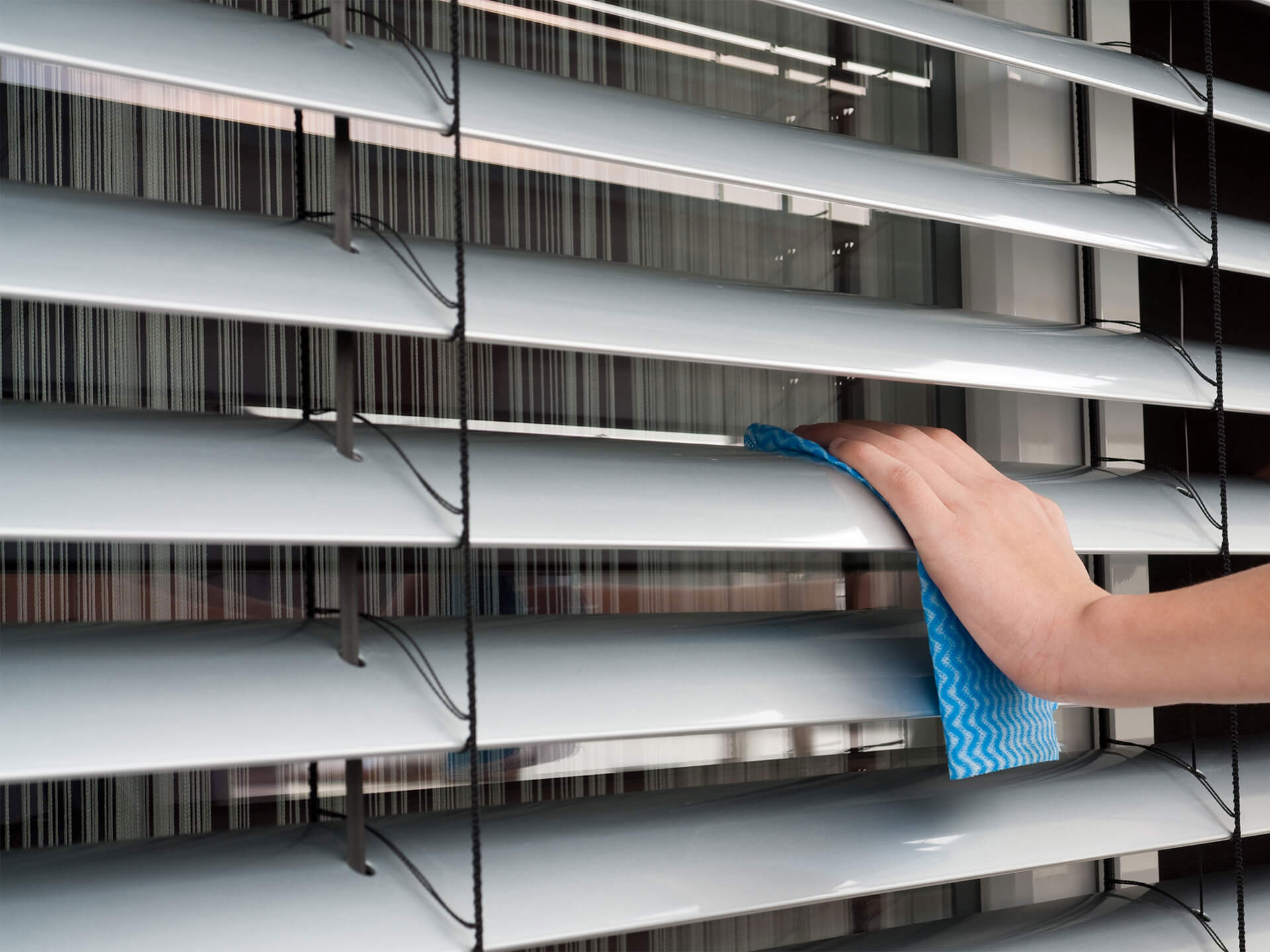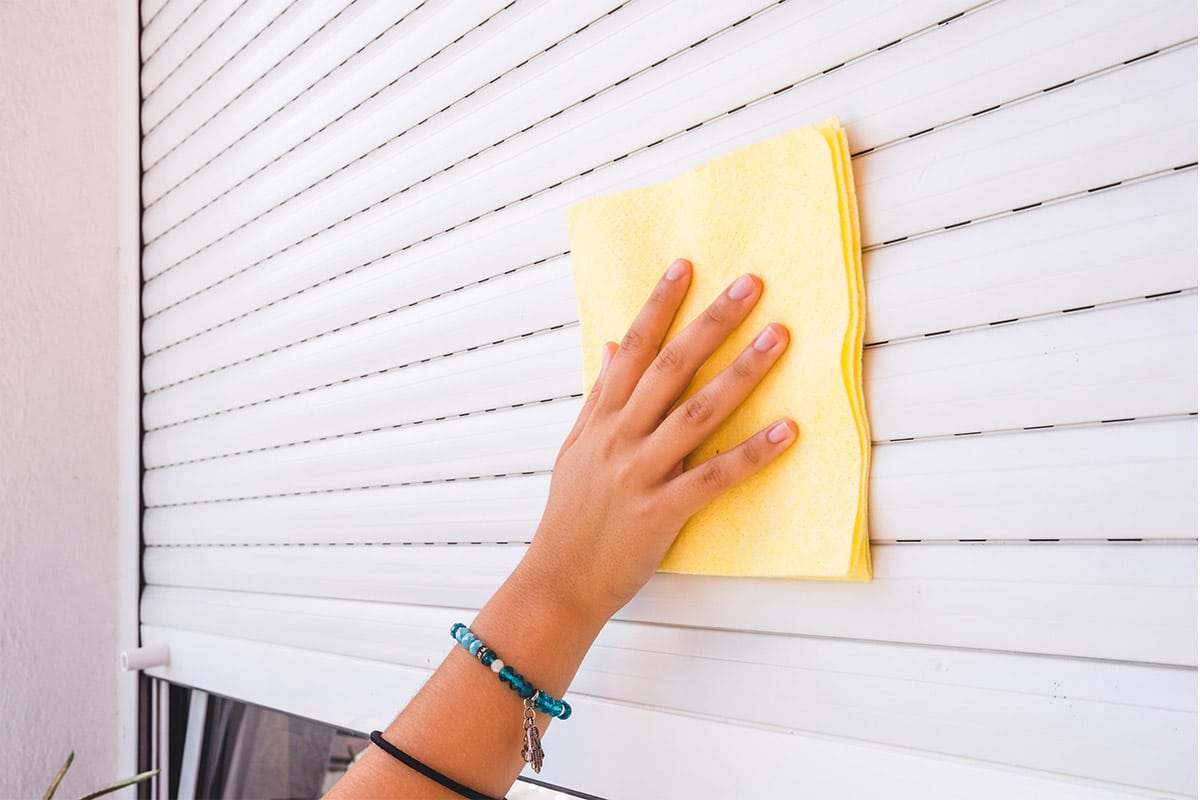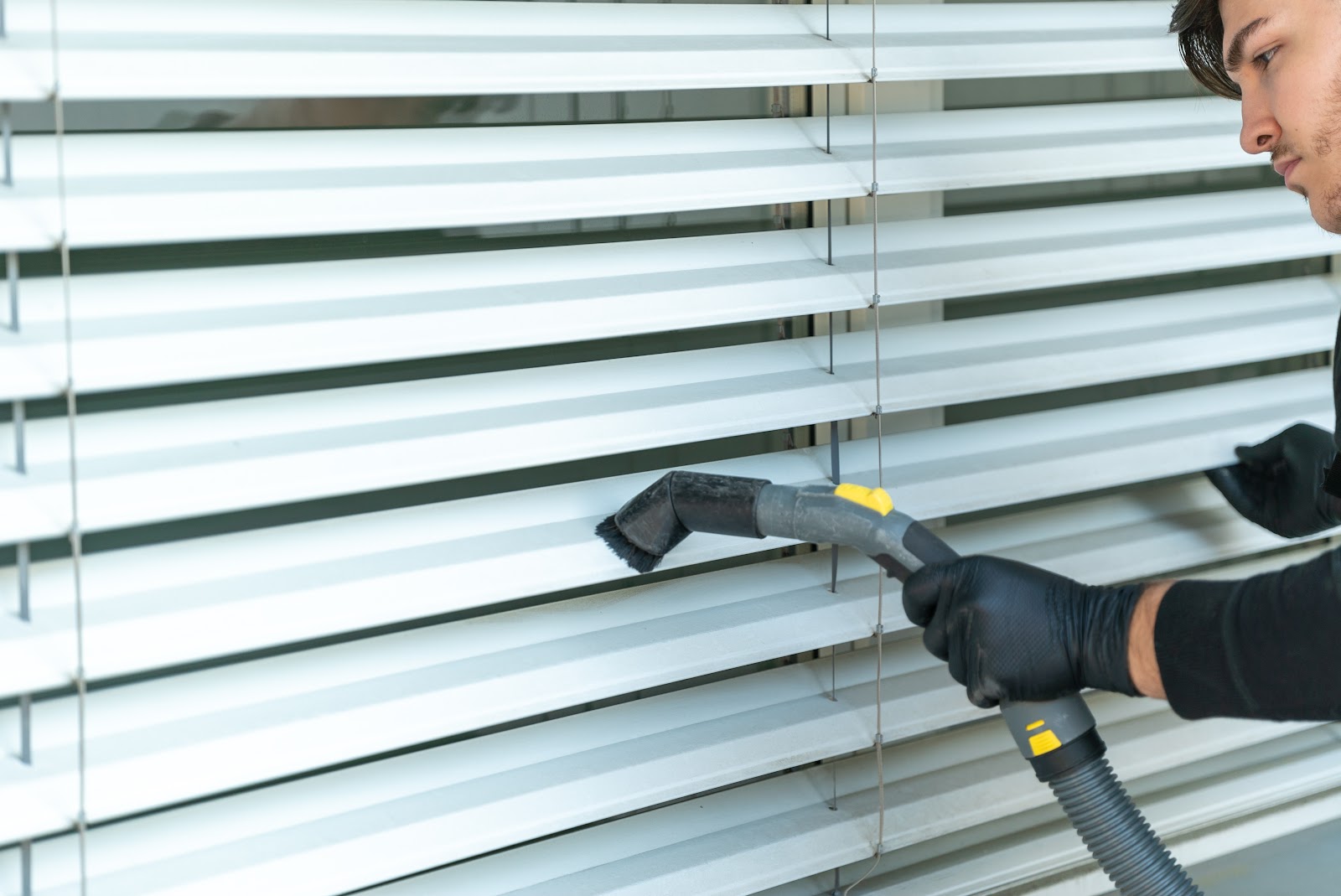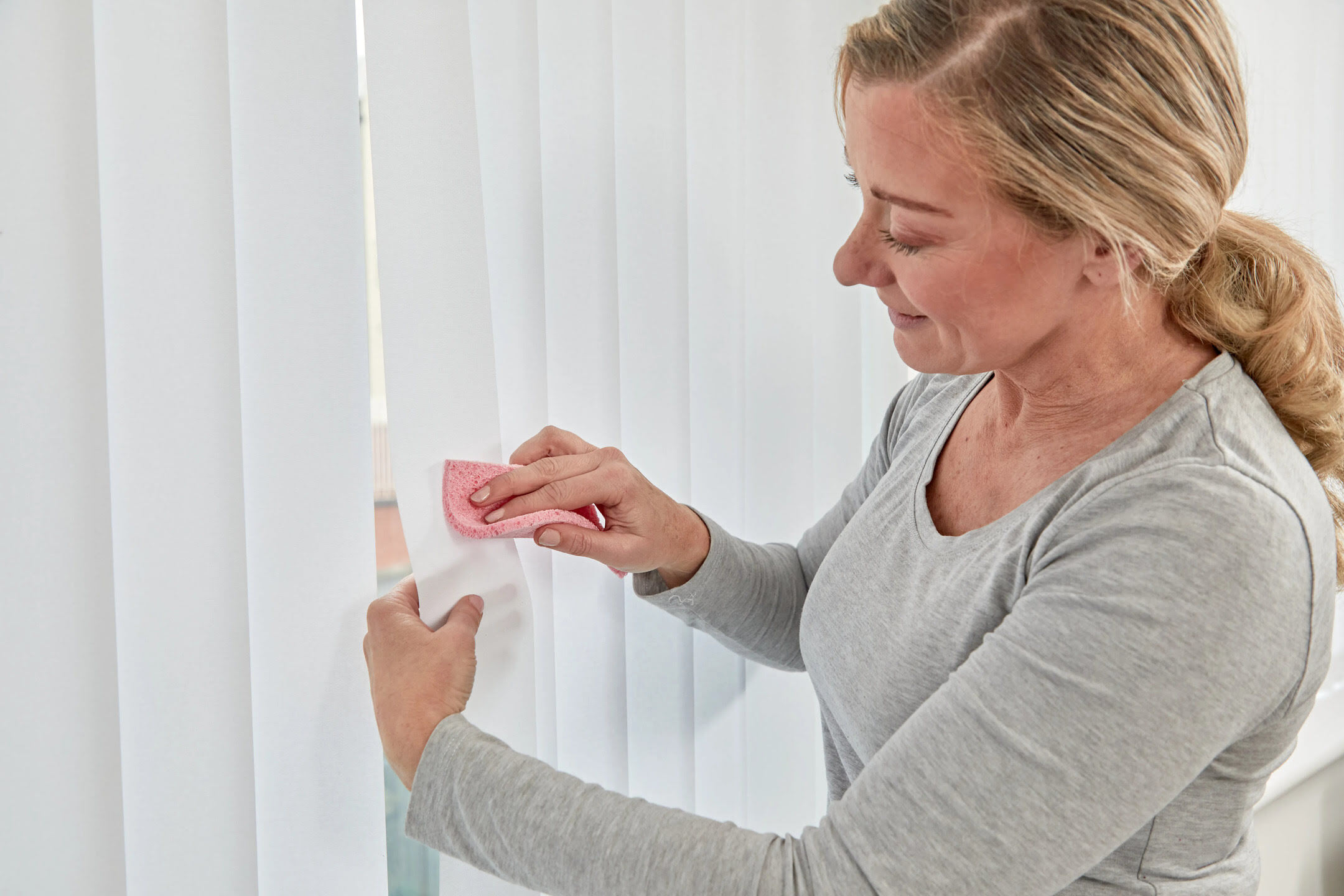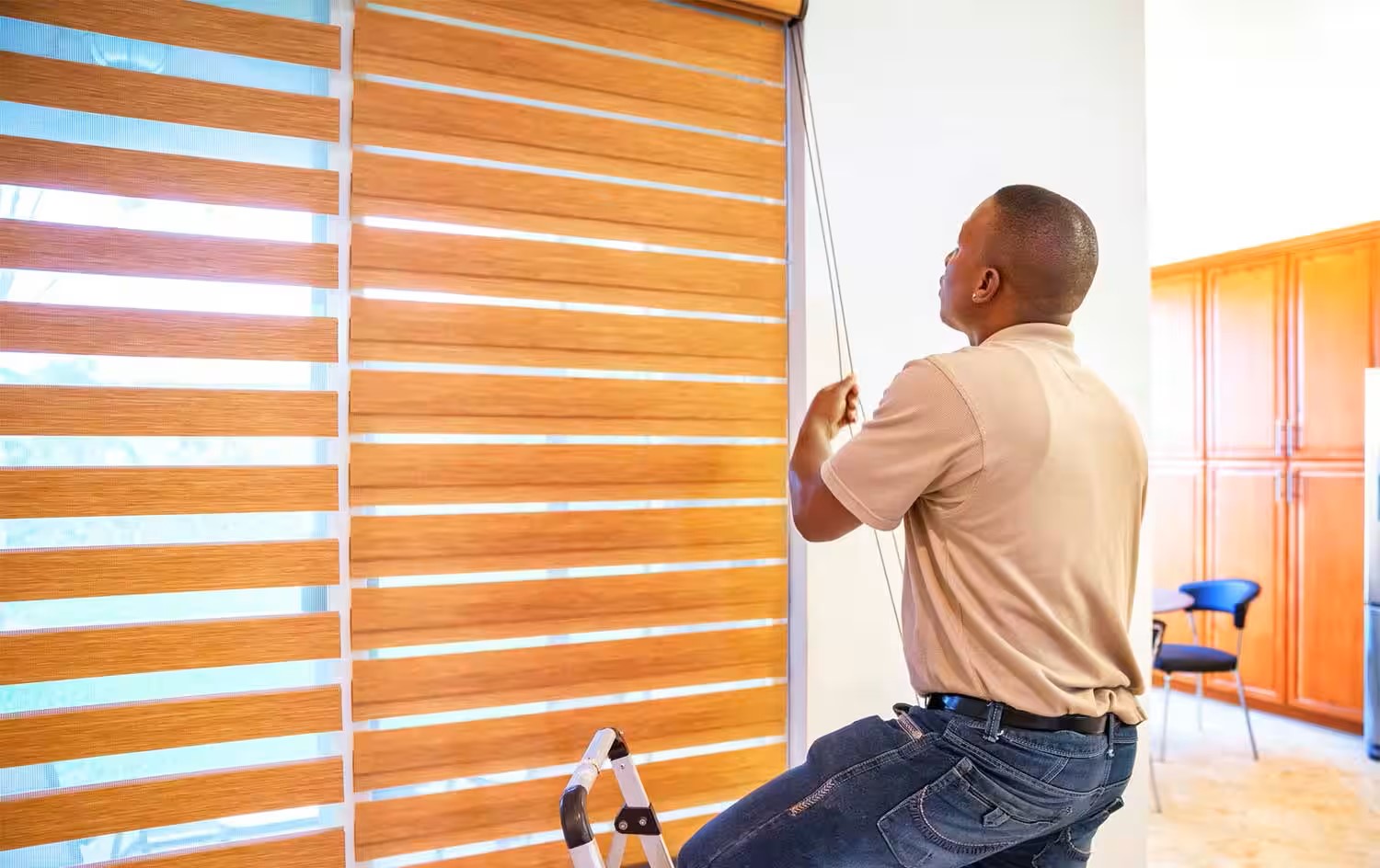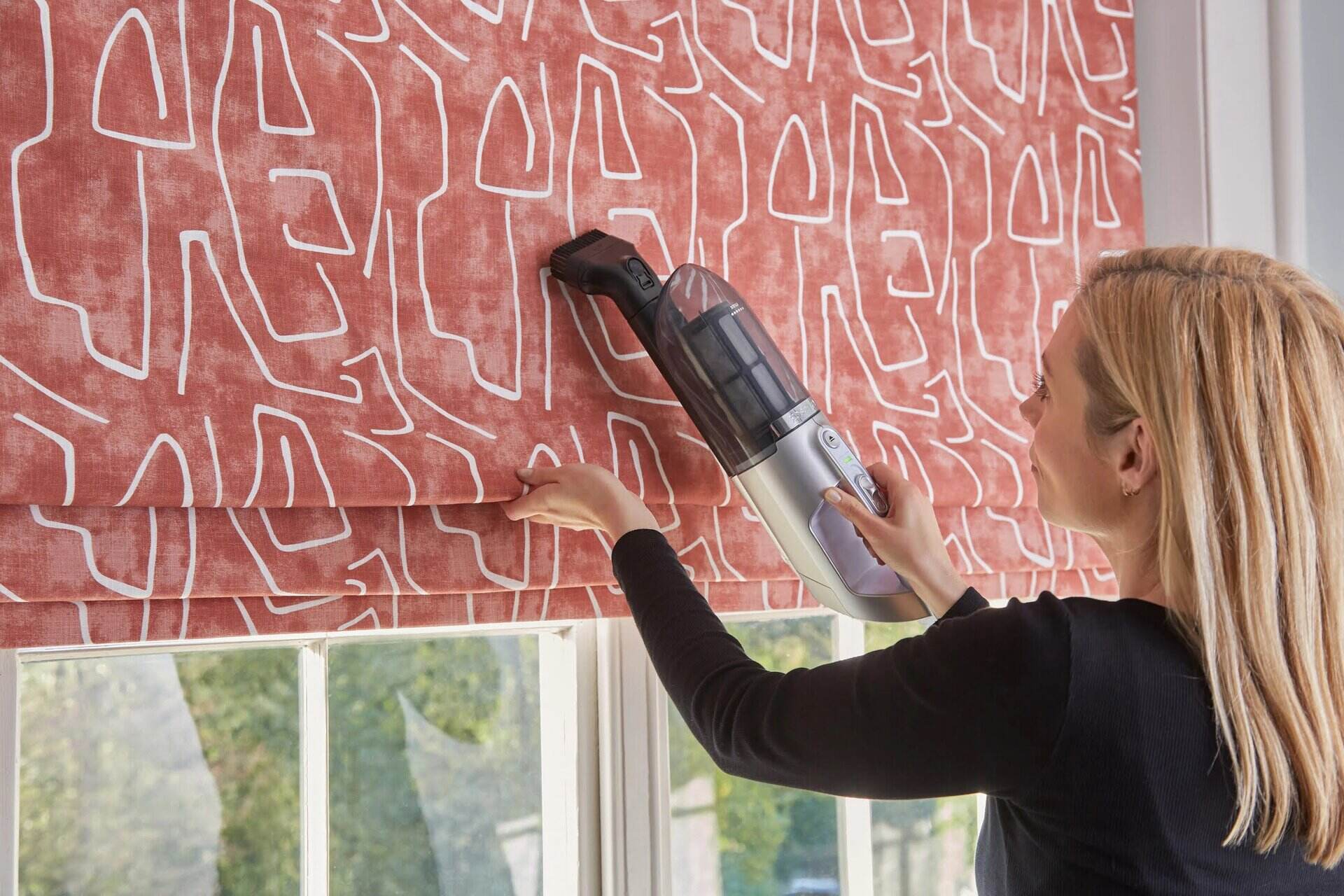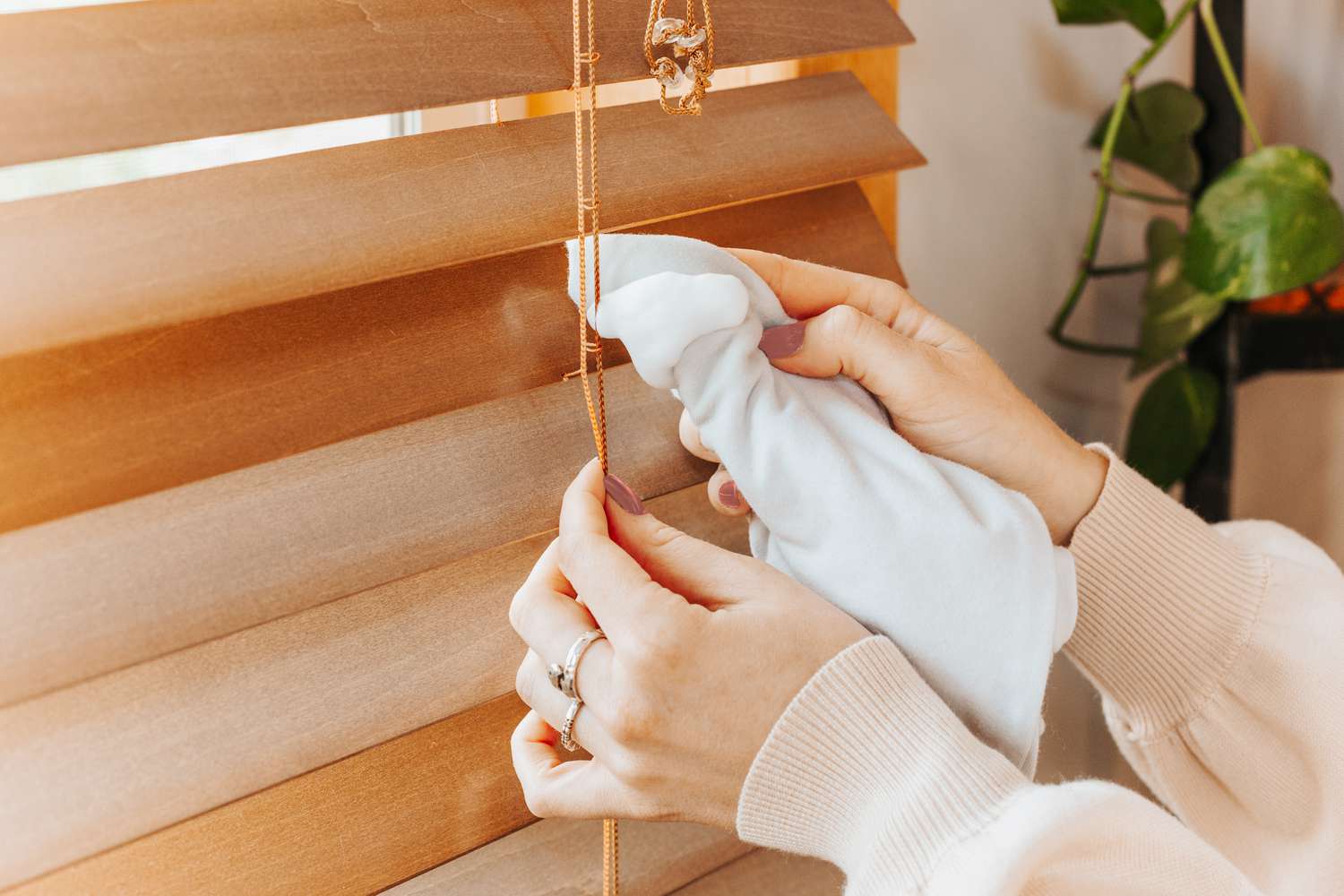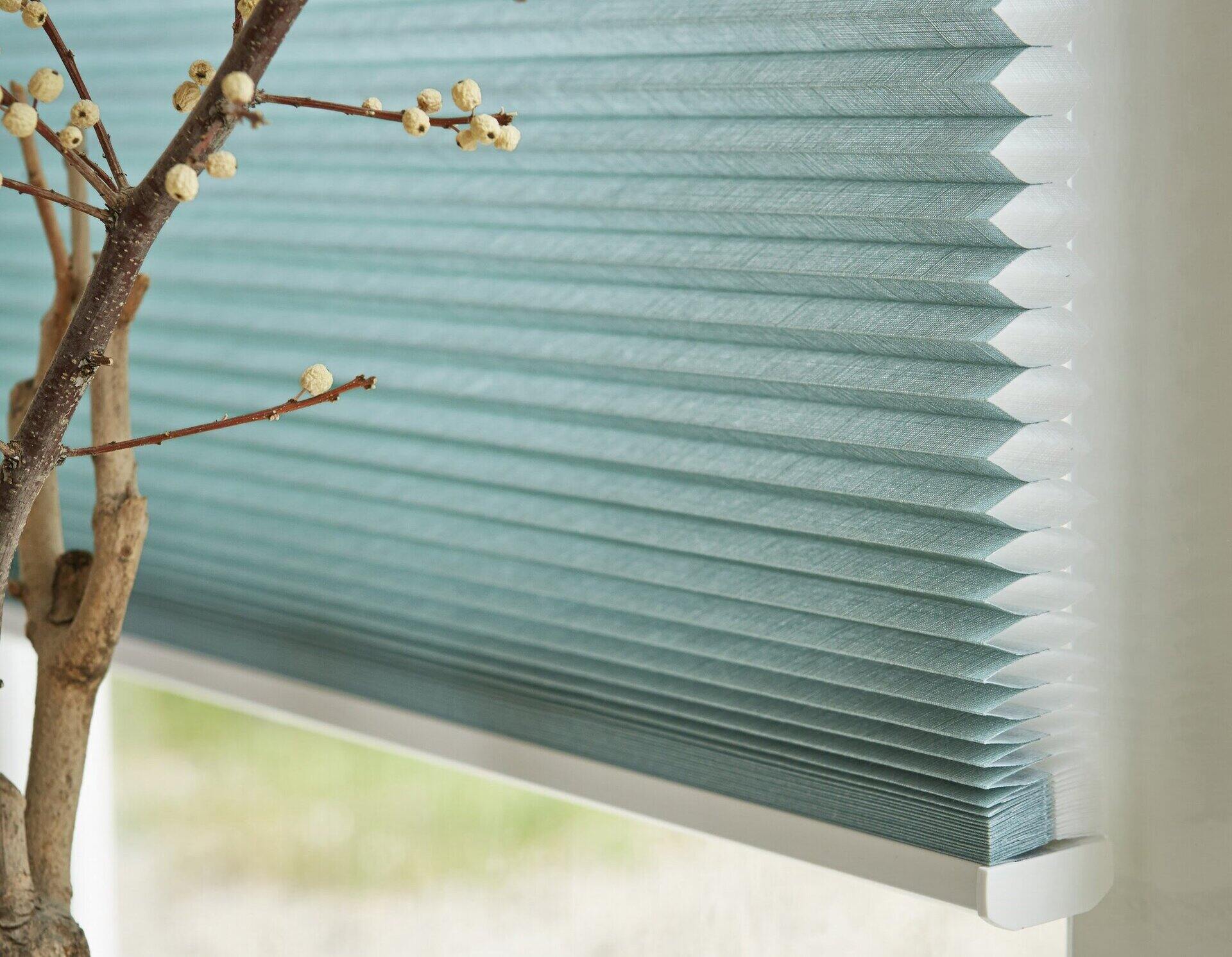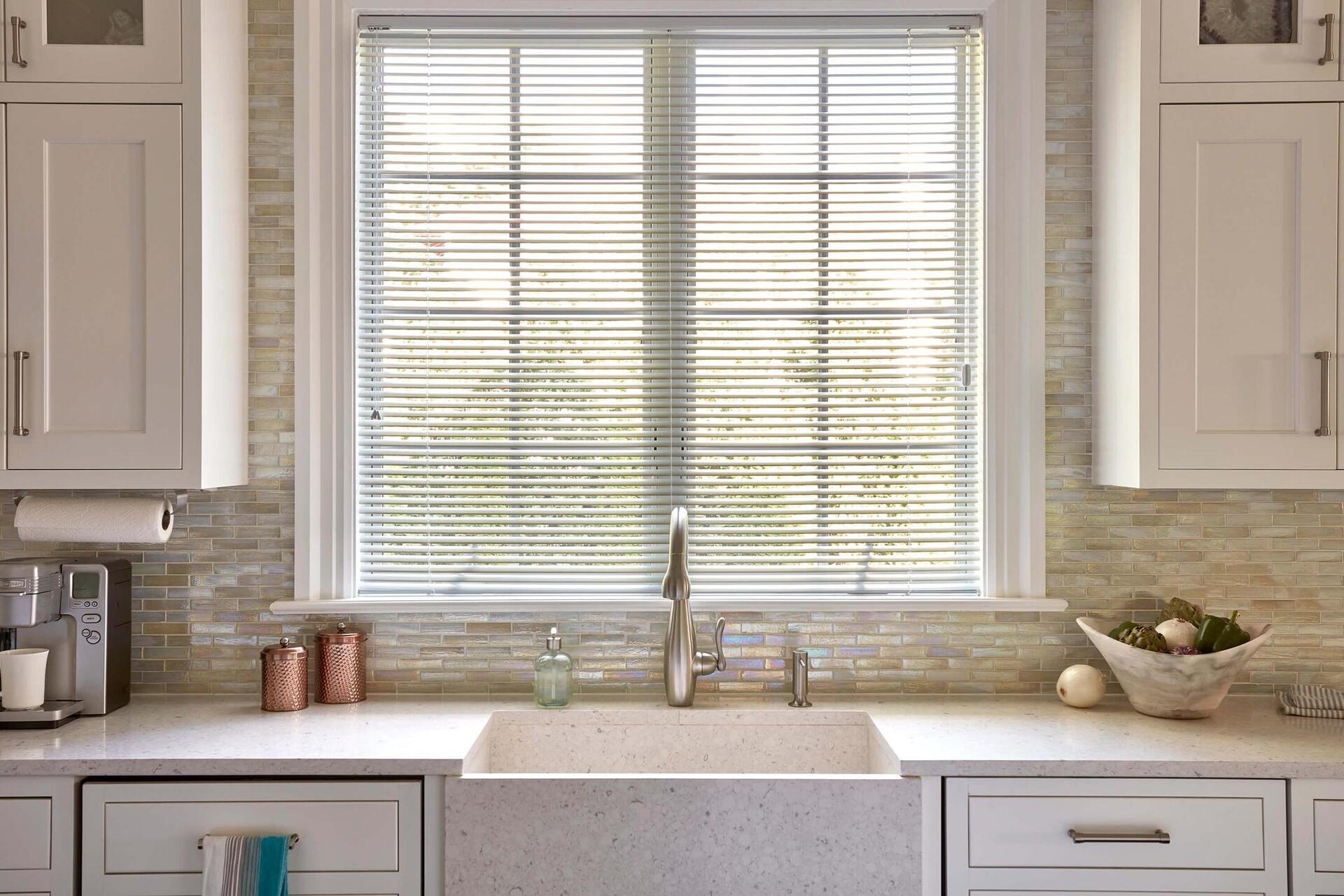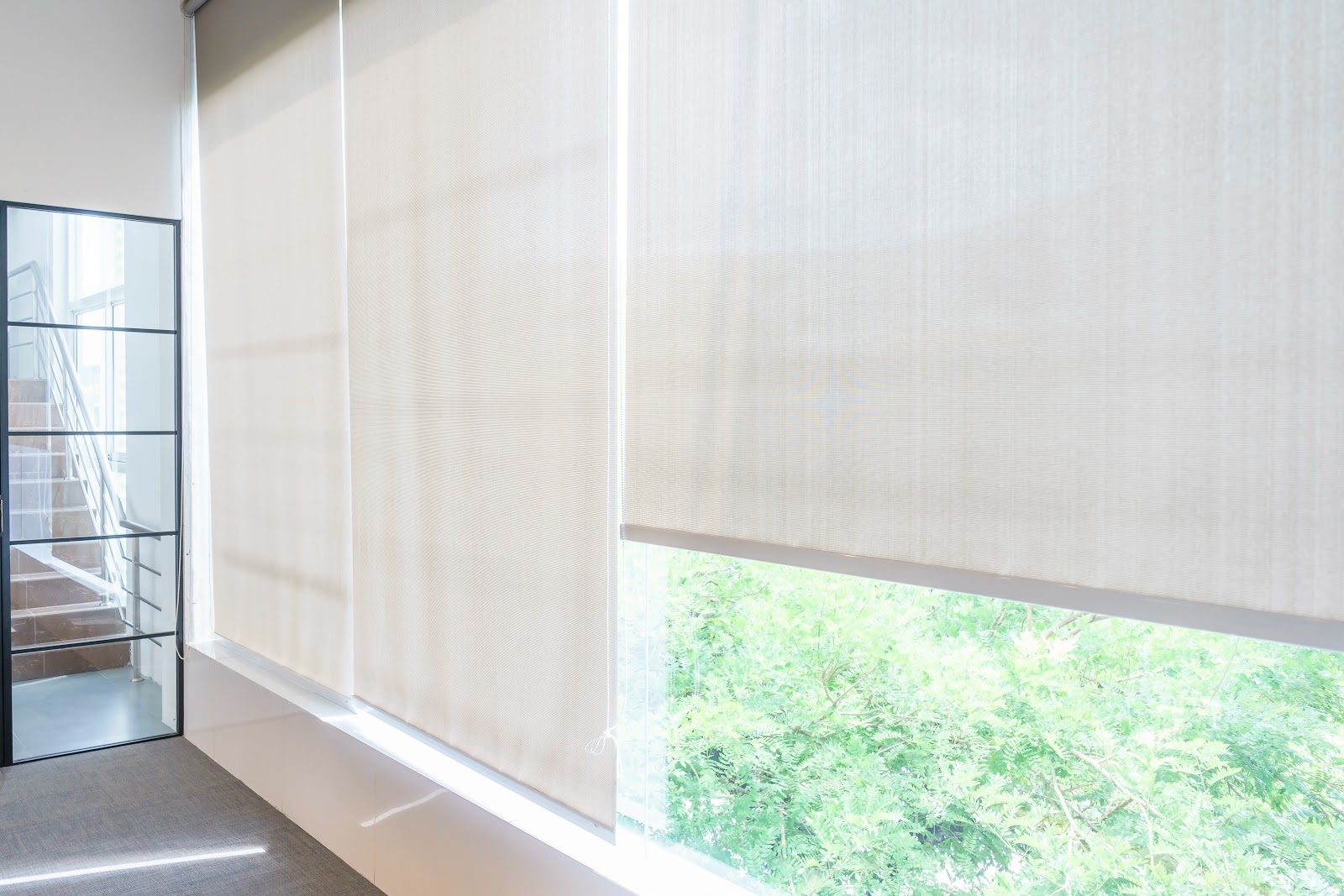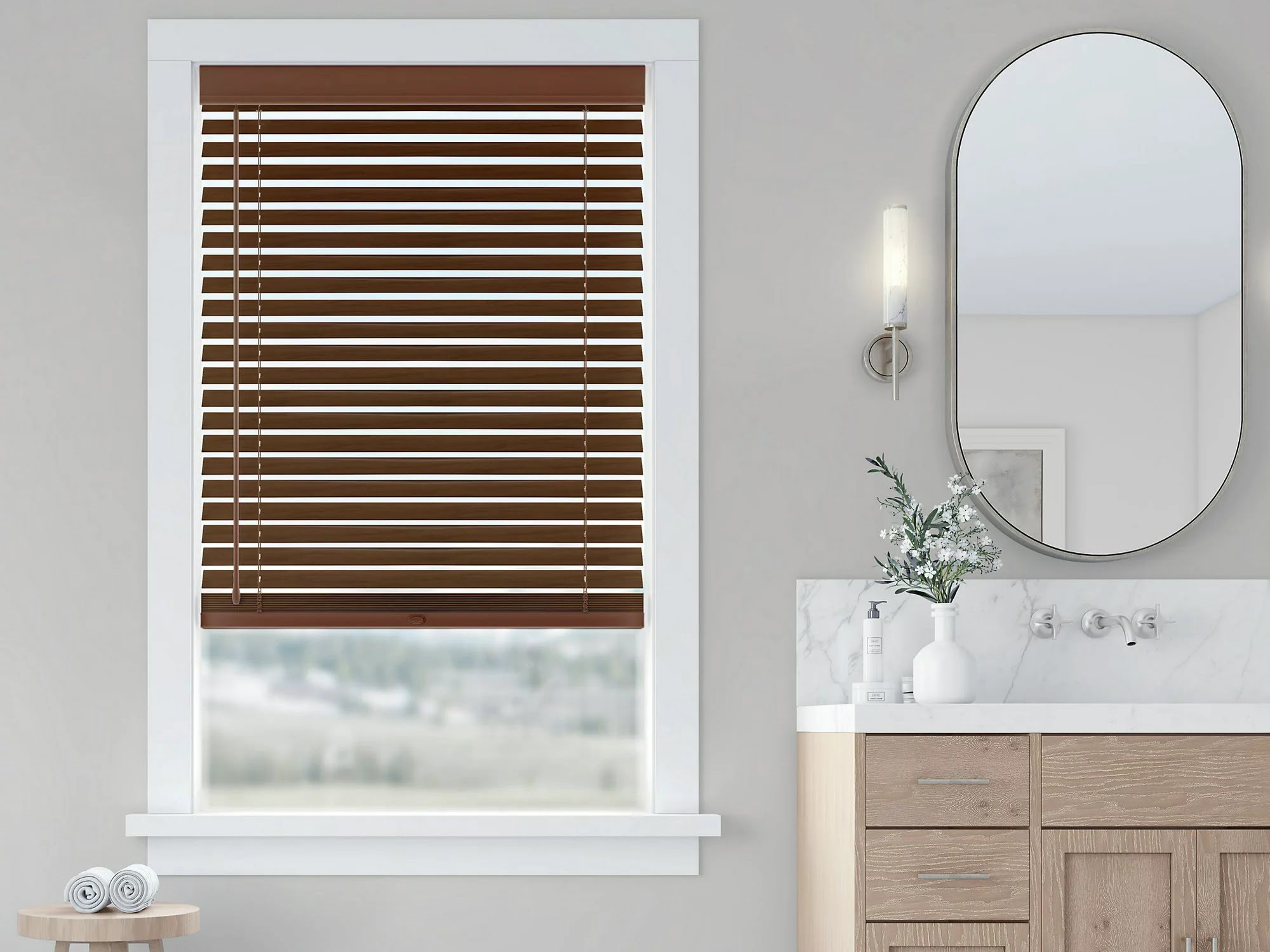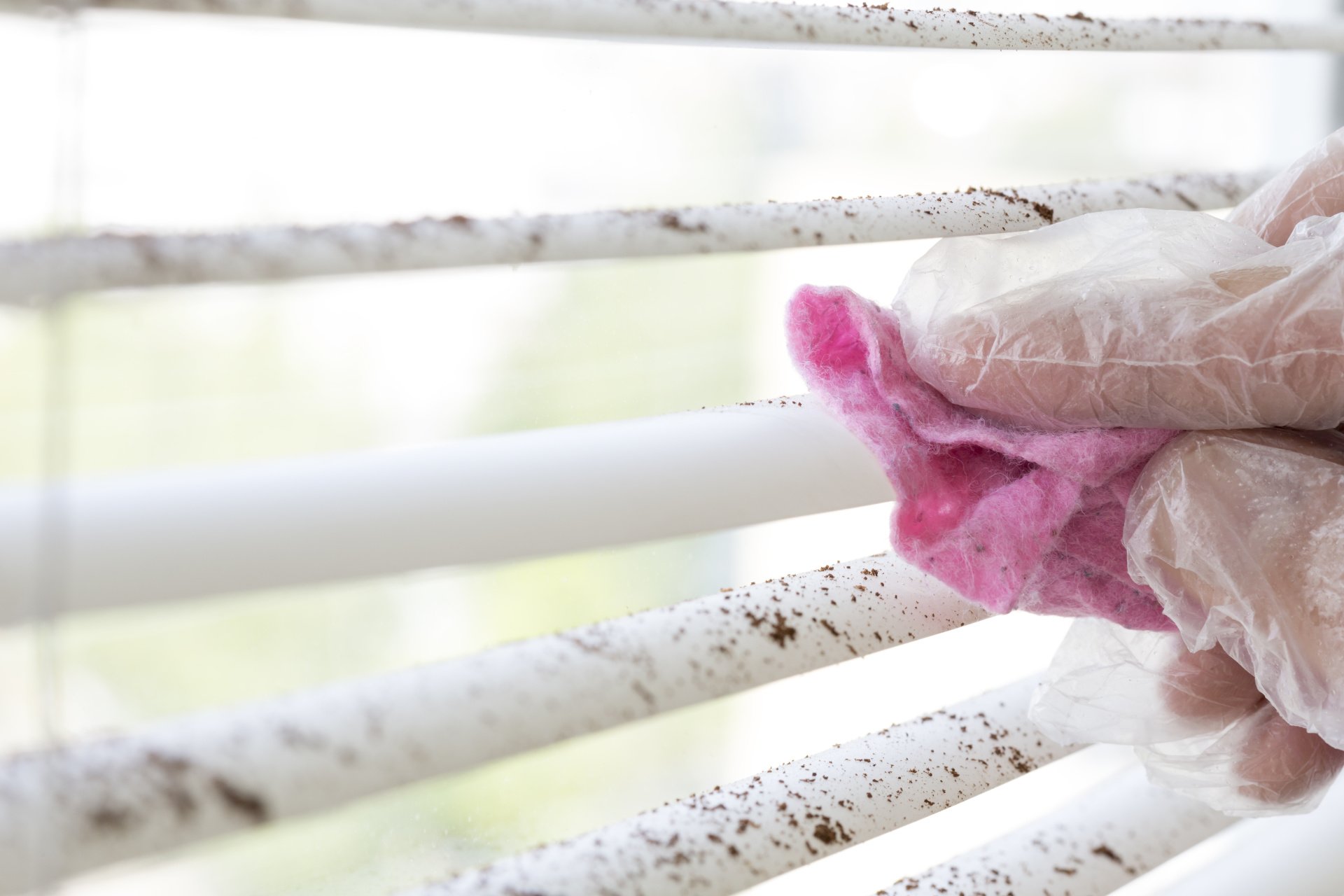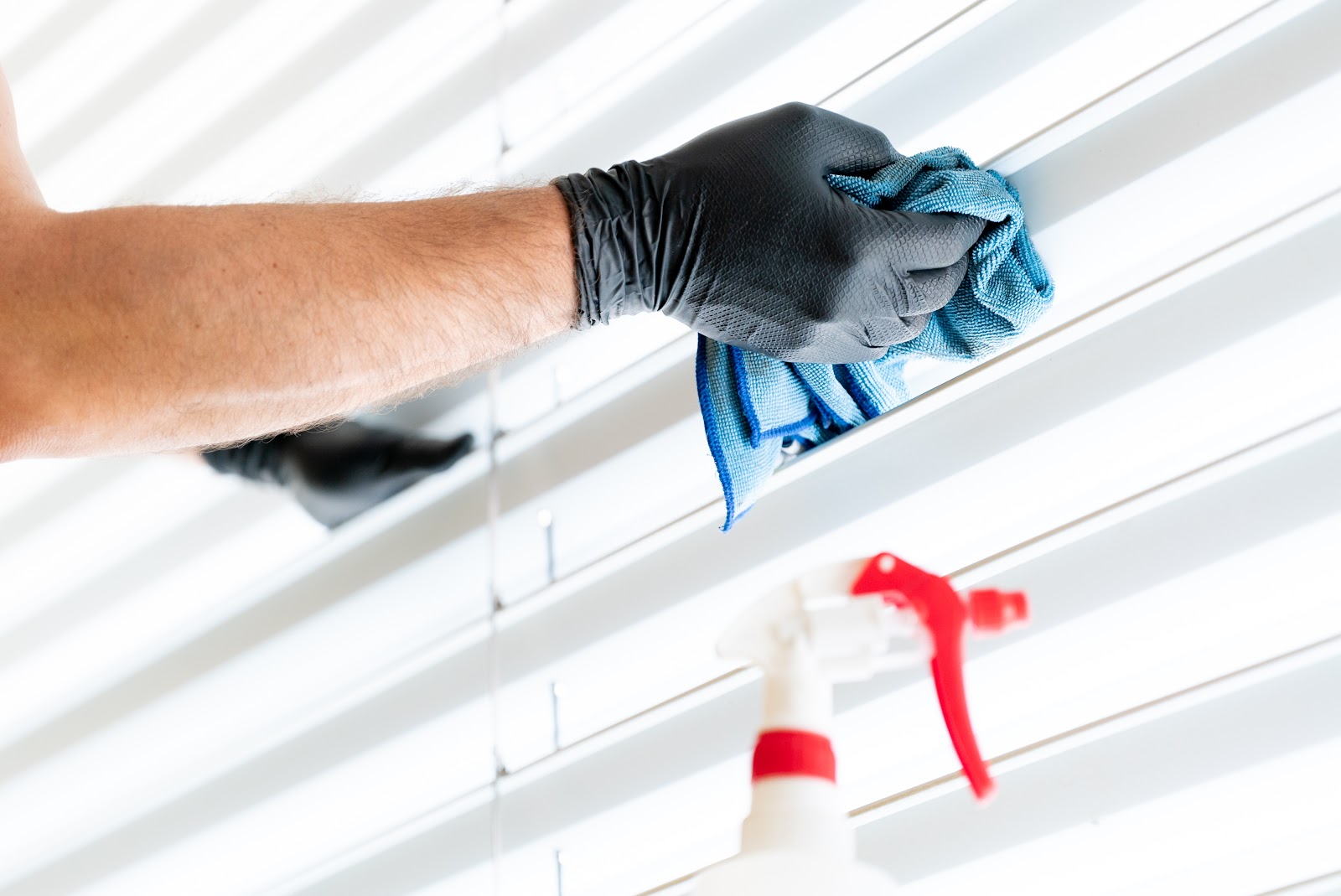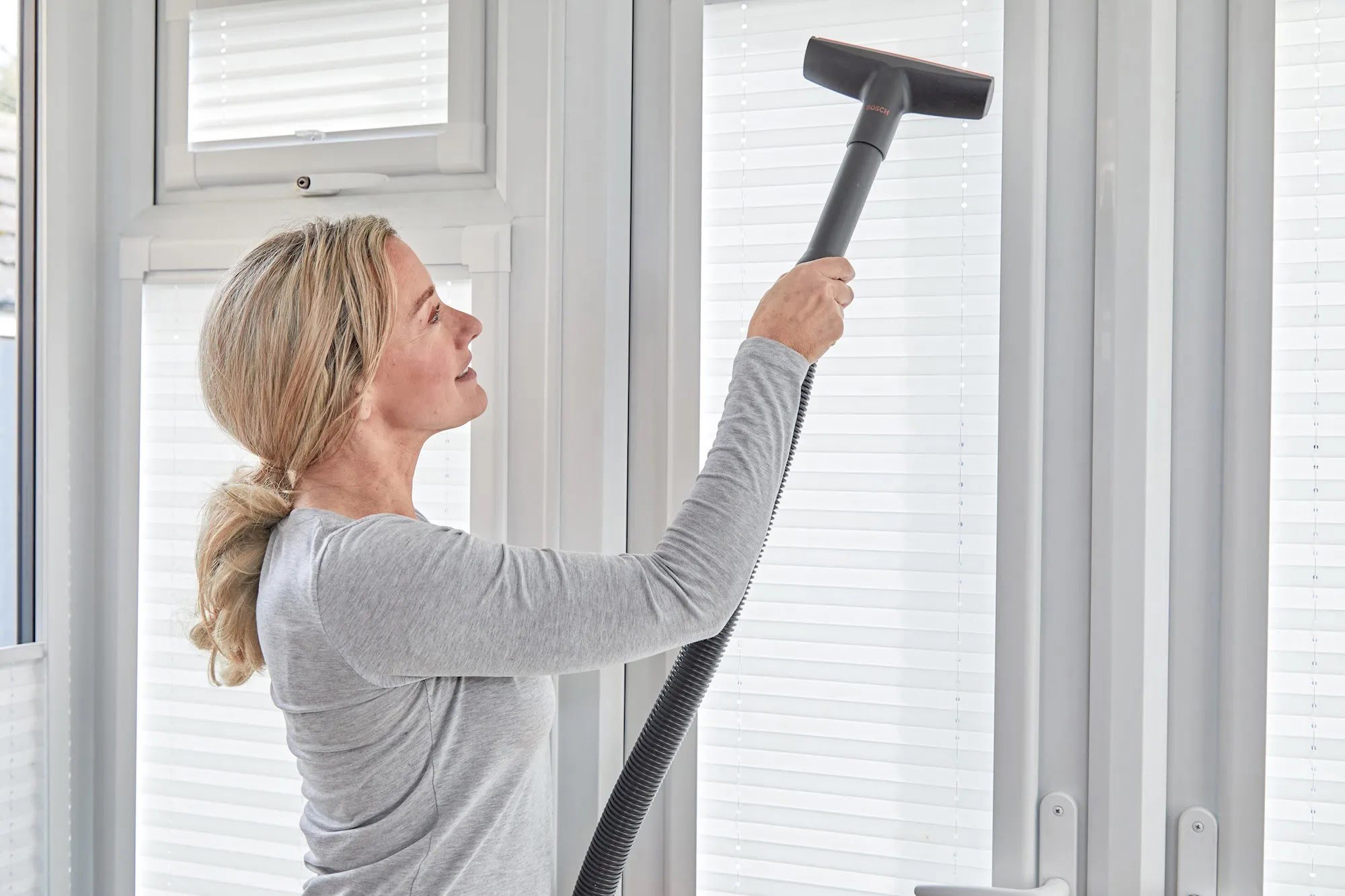

Articles
How Much To Clean Blinds
Modified: October 18, 2024
Discover articles that reveal how much it costs to clean blinds. Get expert insights and tips on pricing options for cleaning your blinds effectively.
(Many of the links in this article redirect to a specific reviewed product. Your purchase of these products through affiliate links helps to generate commission for Storables.com, at no extra cost. Learn more)
Introduction
Blinds are a popular window treatment option that adds functionality and style to any space. Whether you have wooden blinds, vertical blinds, or roller blinds, keeping them clean is essential for maintaining their appearance and prolonging their lifespan. But how much does it cost to clean blinds?
The cost of cleaning blinds can vary depending on several factors, such as the size and type of blinds, the level of dirt and stains, and the chosen cleaning method. In this article, we will explore the factors that affect the cost of cleaning blinds, popular methods for cleaning blinds, and whether it’s better to hire professional blind cleaning services or tackle the task yourself.
So, if you’re wondering about the cost of cleaning your blinds and how to go about it, keep reading for all the answers you need.
Key Takeaways:
- Factors such as blind type, size, dirt level, and accessibility influence the cost of cleaning blinds. Whether opting for professional services or DIY methods, understanding these factors helps make an informed decision.
- From dusting and vacuuming to spot cleaning and professional services, there are various effective methods for cleaning blinds. Regular maintenance and gentle care can prolong the lifespan of blinds, contributing to a clean and inviting living space.
Read more: How Much Are Blinds At Walmart
Factors Affecting the Cost of Cleaning Blinds
When it comes to determining the cost of cleaning blinds, there are several factors that can influence the price. Understanding these factors will help you estimate the cost and make an informed decision. Let’s take a closer look at the key factors:
- Type of Blinds: Different types of blinds require different cleaning methods. For example, traditional horizontal blinds may need to be individually cleaned, while vertical blinds can be cleaned as a whole. The complexity of cleaning different blind types can impact the cost.
- Size of Blinds: Larger blinds will naturally require more time and effort to clean, which can increase the cost. Smaller blinds, on the other hand, may be more affordable to clean.
- Level of Dirt and Stains: If your blinds are heavily soiled or have stubborn stains, additional time and specialized cleaning products may be needed. This can add to the overall cost of the cleaning process.
- Accessibility: Blinds that are located in hard-to-reach areas, such as high windows or skylights, may require extra equipment or effort to clean. This can result in higher costs due to the additional labor involved.
- Additional Services: Some blind cleaning companies may offer additional services, such as blind repairs or restringing. If you require these services alongside the cleaning, it can impact the overall cost.
It’s worth noting that the cost of cleaning blinds can vary between professional cleaning services and do-it-yourself methods. Professional services often have set prices based on the factors mentioned above, while DIY methods may involve the purchase of cleaning products or tools.
Now that we’ve explored the factors affecting the cost of cleaning blinds, let’s move on to the popular methods for cleaning blinds.
Popular Methods for Cleaning Blinds
When it comes to cleaning blinds, there are several popular methods that you can choose from. Each method has its own benefits and considerations, so let’s take a closer look at a few of the most commonly used techniques:
- Dusting: Dusting is a simple and effective method to keep your blinds clean on a regular basis. You can use a microfiber cloth, feather duster, or a vacuum cleaner with a brush attachment to gently remove dust and debris from the surface of the blinds. Dusting should be done in a top-to-bottom motion to prevent dust from resettling on the cleaned area.
- Vacuuming: Vacuuming blinds is another popular method, especially for removing stubborn dust and allergens. Use the upholstery attachment on your vacuum cleaner and run it along the slats or fabric of the blinds, making sure to reach all areas. Be gentle to avoid any damage to the blinds.
- Spot Cleaning: Spot cleaning is suitable for minor stains or marks on your blinds. You can use a mild detergent or stain remover and a soft cloth or sponge to gently clean the affected area. Be sure to test the cleaning solution on a small, inconspicuous area of the blinds first to ensure it doesn’t cause any damage or discoloration.
- Water Bath: This method is suitable for blinds that are waterproof or made of durable materials, such as aluminum or PVC. Fill a bathtub or large basin with warm soapy water and submerge the blinds. Gently agitate the water to loosen dirt and stains. Afterward, rinse the blinds with clean water and allow them to dry completely before reinstallation.
- Steam Cleaning: Steam cleaning is an effective method for deep cleaning blinds, especially for fabric or delicate blinds. Use a handheld steam cleaner or a fabric steamer to remove dirt and stains. Be cautious not to over-wet the blinds and follow the manufacturer’s instructions to avoid any damage.
It’s important to note that the cleaning method you choose may depend on the type of blinds you have and the level of dirt and stains. If you’re unsure about the best method for your blinds, it’s always a good idea to consult the manufacturer’s guidelines or seek professional advice.
Speaking of professional advice, let’s move on to discuss professional blind cleaning services.
Professional Blind Cleaning Services
If you prefer to leave the task of cleaning blinds to the experts, professional blind cleaning services are a convenient and reliable option. These services offer specialized cleaning techniques and equipment to ensure a thorough and effective cleaning process. Here are some benefits of hiring professional blind cleaning services:
- Expertise and Experience: Professional blind cleaners have the knowledge and experience to handle different types of blinds. They are trained to assess the cleaning needs of your blinds and use the appropriate cleaning methods and solutions to achieve the best results.
- Time and Convenience: Cleaning blinds can be a time-consuming task, especially if you have a large number of windows or hard-to-reach blinds. Hiring professionals allows you to save time and focus on other important tasks while they take care of the cleaning process.
- Deep Cleaning: Professional blind cleaners have access to equipment and cleaners that can deep clean blinds, removing not only visible dirt but also allergens, dust mites, and other pollutants. This can help improve indoor air quality and maintain a healthier environment.
- Protection and Maintenance: Cleaning blinds improperly or using harsh chemicals can result in damage to the blinds. Professional cleaners know how to handle blinds with care and can provide maintenance tips to prolong their lifespan and prevent issues like bowing or discoloration.
- Additional Services: Many professional blind cleaning services offer additional services such as blind repairs, restringing, or even blind installation. This allows you to get comprehensive care for your blinds without the hassle of searching for different service providers.
While professional blind cleaning services offer numerous benefits, it’s important to consider the cost and compare it with your budget. The cost of professional cleaning can vary based on factors such as the number of blinds, size, and difficulty of cleaning. It’s recommended to get quotes from different service providers and inquire about their cleaning process and any guarantees or warranties they offer.
However, if you prefer a more hands-on approach and want to tackle the task of blind cleaning yourself, there are several DIY techniques you can try. Let’s explore some of these methods in the next section.
To clean blinds, start by dusting with a microfiber cloth or vacuum attachment. Then, wipe down with a damp cloth and mild cleaner. For deep cleaning, remove blinds and soak in a bathtub with warm, soapy water.
DIY Blind Cleaning Techniques
If you’re up for the challenge and want to save some money, there are several DIY blind cleaning techniques that you can try. These methods can be effective in cleaning your blinds while allowing you to have control over the cleaning process. Here are a few popular DIY techniques:
- Microfiber Cloth: A simple and effective method is to use a microfiber cloth to gently wipe each slat or fabric panel of your blinds. Start from the top and work your way down, making sure to clean both sides. Microfiber cloths are ideal for capturing dust and dirt particles without scratching the blinds.
- Vinegar Solution: Vinegar is a versatile and natural cleaning agent that can be used to clean blinds. Mix equal parts of water and white vinegar in a spray bottle and lightly mist the blinds. Wipe each slat or fabric panel with a microfiber cloth or sponge. Vinegar helps to remove grime and stains while leaving the blinds refreshed.
- Dish Soap Solution: Another DIY cleaning solution can be made by mixing a few drops of mild dish soap with warm water. Dip a clean cloth or sponge into the soapy solution and gently wipe the blinds, ensuring to remove any dirt or stains. Rinse the cloth or sponge frequently in clean water to avoid spreading the dirt back onto the blinds.
- Handheld Steamer: If you have fabric blinds that are machine washable, you may consider using a handheld steamer. Steam can effectively loosen dirt and stains from the fabric. Use the steamer according to the manufacturer’s instructions, making sure not to over-wet the blinds.
- Blind Cleaning Tool: There are specialized blind cleaning tools available in the market that can help you clean multiple slats at once. These tools typically have microfiber sleeves or brushes that can be run along the slats to remove dust and debris efficiently.
Remember to always test any cleaning solution or method on a small, inconspicuous area of your blinds before proceeding to clean the entire surface. This will help you ensure that the cleaning method does not cause any damage or discoloration.
Now that you’re equipped with DIY blind cleaning techniques, let’s move on to some essential tips for maintaining clean blinds.
Read more: How To Clean Greasy Blinds
Tips for Maintaining Clean Blinds
Keeping your blinds clean doesn’t have to be a daunting task. With some regular maintenance and a few helpful tips, you can ensure that your blinds stay clean and in good condition for longer. Here are some tips to help you maintain clean blinds:
- Dust Regularly: Dusting your blinds on a regular basis can help prevent the build-up of dirt and allergens. Use a microfiber cloth, feather duster, or vacuum cleaner with a brush attachment to remove dust from the surface of the blinds.
- Spot Clean Stains: Address minor stains or marks promptly by spot cleaning. Use a mild detergent or stain remover and a soft cloth or sponge to gently clean the affected area. Avoid scrubbing vigorously, as it may damage the blinds.
- Avoid Harsh Chemicals: When cleaning blinds, avoid using harsh chemicals or abrasive cleaners that can cause damage or discoloration. Stick to mild soapy solutions or natural cleaning agents like vinegar for safer and effective cleaning.
- Be Gentle: Whether you’re dusting, vacuuming, or spot cleaning, always handle the blinds with care. Avoid applying excessive force or pressure, as it can bend or break the slats or cause fabric blinds to tear.
- Check Manufacturer’s Guidelines: Different types of blinds may have specific cleaning instructions provided by the manufacturer. Refer to these guidelines for recommendations on cleaning methods, suitable cleaning products, and any precautions to take while cleaning.
- Consider Protective Measures: To minimize dust accumulation, you can treat your blinds with anti-static sprays or use dust-repellent products. Additionally, installing a window film or a curtain can help shield the blinds from direct sunlight and dust.
- Regular Maintenance: In addition to cleaning, regular maintenance can extend the lifespan of your blinds. Inspect them periodically for signs of damage or wear, such as loose cords or broken slats, and address any issues promptly.
By incorporating these tips into your blind care routine, you can enjoy clean and well-maintained blinds that enhance the aesthetics of your space.
Now that we’ve covered the factors impacting the cost of cleaning blinds, popular cleaning methods, professional services, as well as DIY techniques and maintenance tips, you are well-equipped to tackle the task of blind cleaning and keep your blinds looking their best.
Remember to choose the cleaning method that suits your blinds and preferences, and don’t hesitate to seek professional help if you’re unsure or if your blinds require specialized cleaning.
Conclusion
Cleaning blinds is an important part of household maintenance to keep them looking fresh, extend their lifespan, and create a clean and inviting space. The cost of cleaning blinds can vary depending on factors such as the type and size of blinds, the level of dirt and stains, accessibility, and additional services required. Understanding these factors can help you estimate the cost and make an informed decision about the best cleaning method for your blinds.
There are various popular methods for cleaning blinds, including dusting, vacuuming, spot cleaning, water baths, and steam cleaning. Each method has its own benefits and considerations, so it’s essential to choose the one that suits your blinds and cleaning needs. Professional blind cleaning services offer expertise, convenience, deep cleaning, protection, and additional services, making them an attractive option for those who prefer to leave the task to the experts.
If you’re more inclined towards a hands-on approach, there are several effective DIY blind cleaning techniques you can try. Using microfiber cloths, vinegar solutions, dish soap solutions, handheld steamers, or specialized blind cleaning tools can help you achieve clean blinds at a lower cost.
Regardless of the cleaning method you choose, it’s essential to maintain clean blinds by regularly dusting, spot cleaning, avoiding harsh chemicals, and handling them with care. Following the manufacturer’s guidelines and incorporating protective measures can help prevent dust accumulation and maintain the quality of your blinds over time.
With the knowledge gained from this article, you are now equipped to confidently clean and maintain your blinds, ensuring they remain a functional and attractive feature in your home. Whether you choose professional services or the DIY route, regular blind cleaning will not only enhance the aesthetics of your space but also contribute to a clean and healthy living environment.
So go ahead, give your blinds the attention they deserve, and enjoy the benefits of clean and well-maintained window treatments.
Frequently Asked Questions about How Much To Clean Blinds
Was this page helpful?
At Storables.com, we guarantee accurate and reliable information. Our content, validated by Expert Board Contributors, is crafted following stringent Editorial Policies. We're committed to providing you with well-researched, expert-backed insights for all your informational needs.
